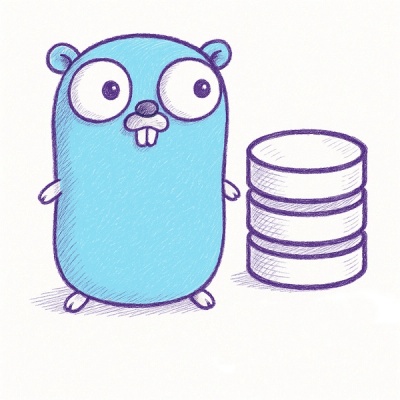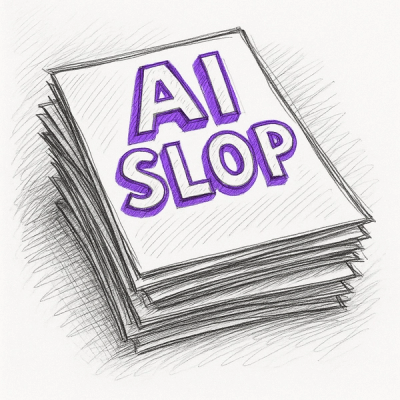
Security News
Official Go SDK for MCP in Development, Stable Release Expected in August
The official Go SDK for the Model Context Protocol is in development, with a stable, production-ready release expected by August 2025.
Turns your mobile or tablet into a touchpad and keyboard for your computer.
This application allows you to use a mobile phone or tablet as a touchpad and keyboard for your computer.
No software needs to be installed on the device.
On Windows, you can use the pre-packaged binary virtualtouchpad.exe. When
you run it, an icon will appear in the notification area. Hovering over this
icon reveals the URL to use on your phone or tablet.
If no pre-built executable exists for your platform, launch it from a terminal::
python -m virtualtouchpad
This will start an HTTP server. It will print the line::
Starting server http://<computer name>:<port>/...
Connect to the URL displayed.
Install this application by running the following command::
pip install virtual-touchpad
Installation issues
When installing, the dependencies for this application are also downloaded. Some
of the dependencies are native libraries and must be compiled before they can be
used.
There is no standard way of providing any dependencies for the native libraries
through this website, so they must thus be present on your computer before you
run the installation, as do *Python* development headers files.
The easies way to install the headers is via the packager manager provided by
your operating system. The names of the packages required depend on your
specific operating system.
Building
--------
If you want to have access to pre-release versions, you can clone the *git*
repository available from the linked *home page* below. Install by running this
command::
cd $VIRTUAL_TOUCHPAD_REPO
python bootstrap.py
# Follow instructions to activate virtualenv
python setup.py install
Building a native binary
If you intend to run the build target build_exe, you must activate the
virtualenv.
This is to ensure that no optional dependencies for any libraries, PIL in particular, are included from the host system. PIL contains import statements for Tk and Qt, which will increase the size of the resulting binary, and thus the download and startup times, considerably.
http://server/ instead of http://server/index.xhtml... _pystray: https://pypi.python.org/pypi/pystray
.. _pynput: https://pypi.python.org/pypi/pynput
convert is not the first
convert on the path.FAQs
Turns your mobile or tablet into a touchpad and keyboard for your computer.
We found that virtual-touchpad demonstrated a healthy version release cadence and project activity because the last version was released less than a year ago. It has 1 open source maintainer collaborating on the project.
Did you know?

Socket for GitHub automatically highlights issues in each pull request and monitors the health of all your open source dependencies. Discover the contents of your packages and block harmful activity before you install or update your dependencies.

Security News
The official Go SDK for the Model Context Protocol is in development, with a stable, production-ready release expected by August 2025.

Security News
New research reveals that LLMs often fake understanding, passing benchmarks but failing to apply concepts or stay internally consistent.

Security News
Django has updated its security policies to reject AI-generated vulnerability reports that include fabricated or unverifiable content.